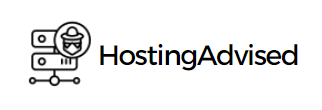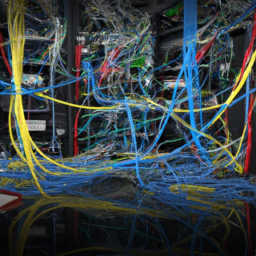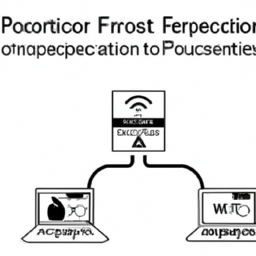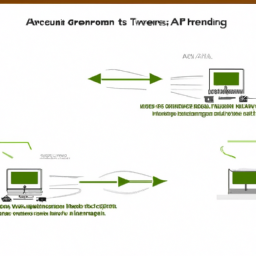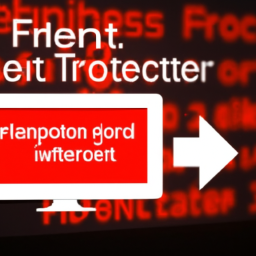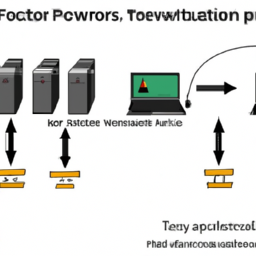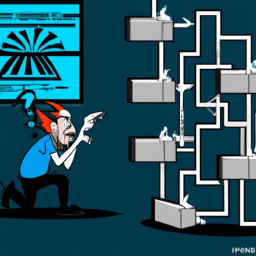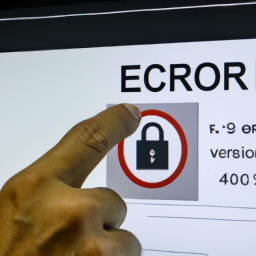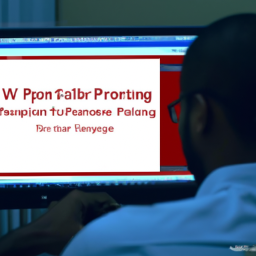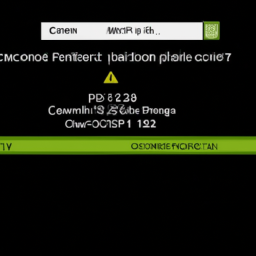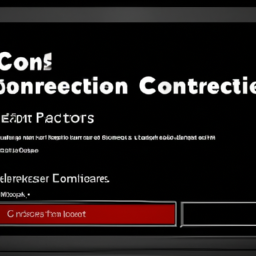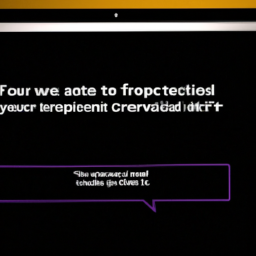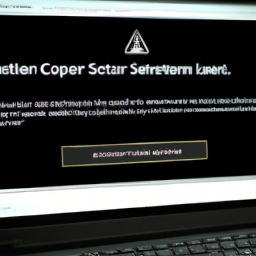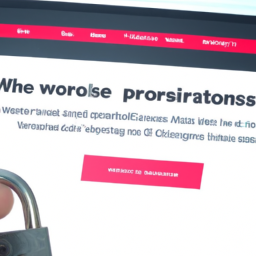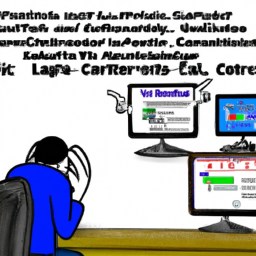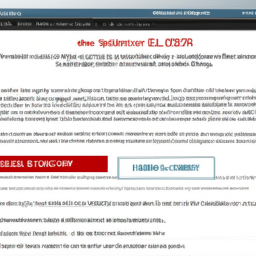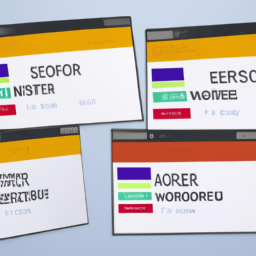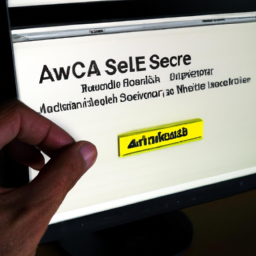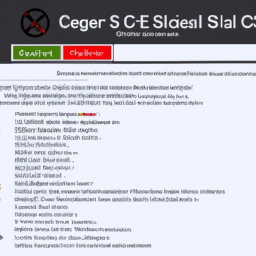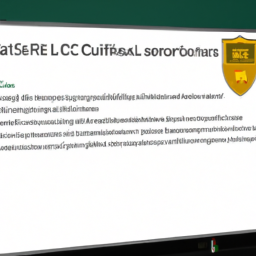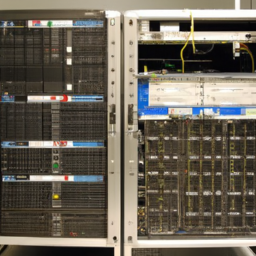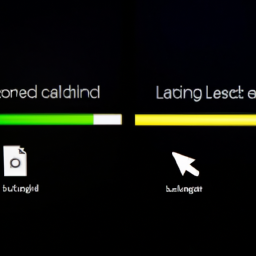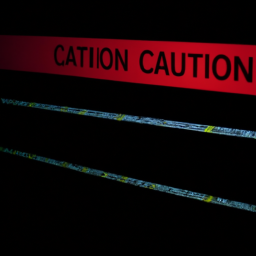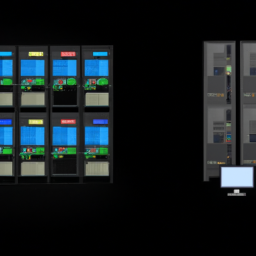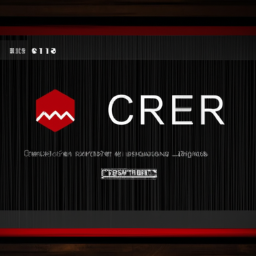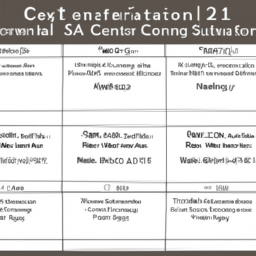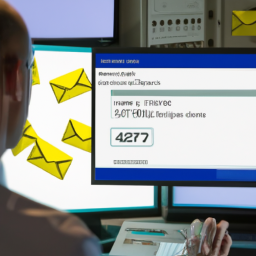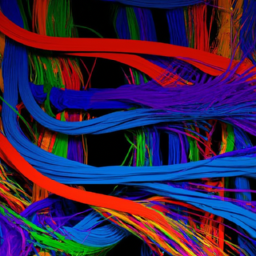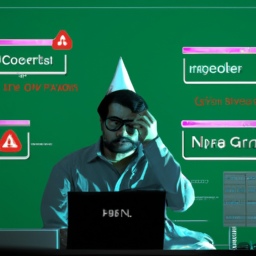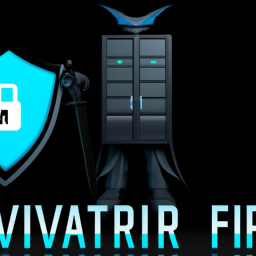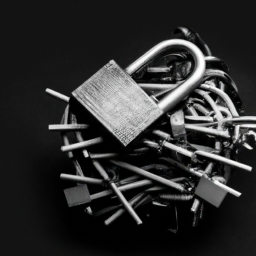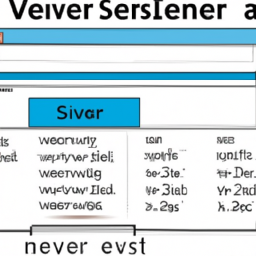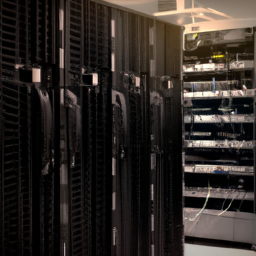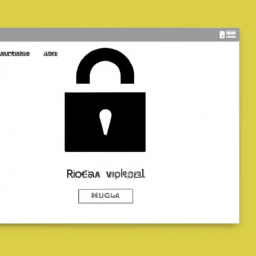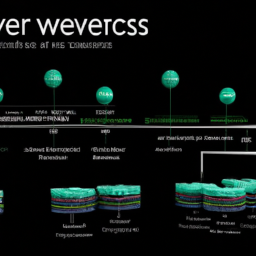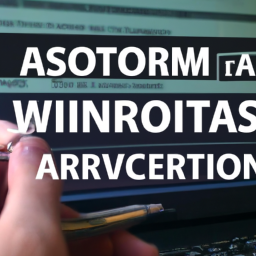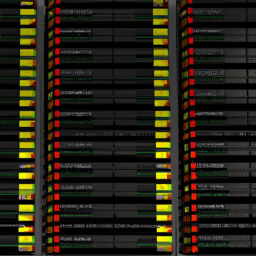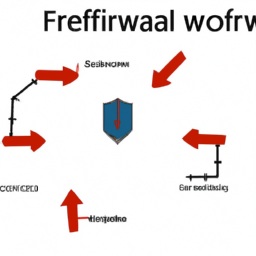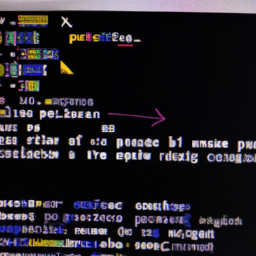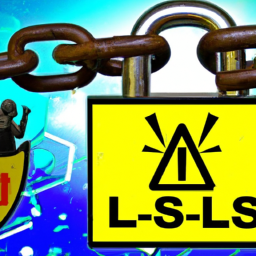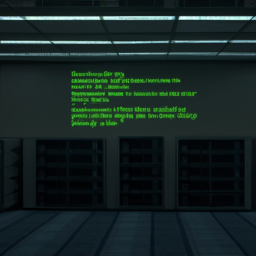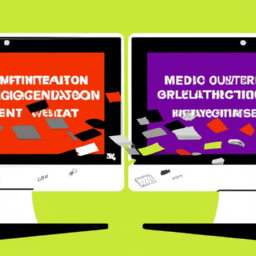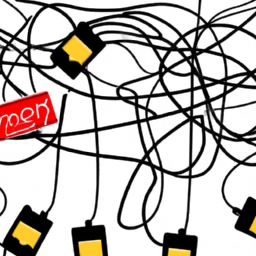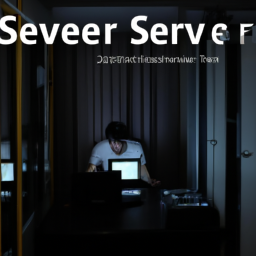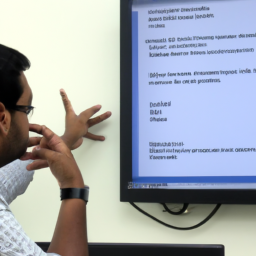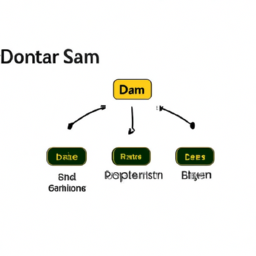Are you feeling like a fish out of water when it comes to fixing FTP connection issues on your mobile device? Don’t worry, we’ve got you covered!
In this article, we will dive into the depths of troubleshooting FTP problems on your smartphone or tablet, helping you navigate through the murky waters of network connections, credentials, app updates, firewall settings, and cache clearance.
Imagine this article as your trusty compass, guiding you through the treacherous sea of FTP connection woes. So, grab your life jacket and get ready to sail smoothly once again.
Whether you’re a tech-savvy sailor or a novice navigator, this comprehensive guide will equip you with the knowledge and tools to conquer any FTP connection issue that may come your way.
Let’s get started!
Key Takeaways
- Troubleshoot FTP connection issues by checking network stability and verifying FTP credentials
- Update FTP app and device software for bug fixes and compatibility improvements
- Try different FTP apps for better compatibility and performance
- Contact FTP service provider or customer support for expert assistance and alternative solutions
Check Your Network Connection
Before diving into troubleshooting your FTP connection on your mobile device, take a moment to double-check if your network connection is strong and stable.
To ensure a smooth FTP experience, it’s important to check your router settings and troubleshoot any network issues that may be causing the problem. Make sure your mobile device is connected to a reliable Wi-Fi network or has a strong cellular data signal.
If you’re using Wi-Fi, try restarting your router and ensuring that it’s properly configured. If you’re experiencing network issues, such as slow internet speed or intermittent connectivity, contact your internet service provider for assistance.
Once you’ve confirmed that your network connection is stable, you can move on to verifying your FTP credentials.
Verify Your FTP Credentials
To verify your FTP credentials, double-check your username and password to ensure they’re entered correctly. Confirm that you have the correct server address to establish a successful connection.
Additionally, testing your FTP credentials on a different device can help determine if the issue is specific to your current device or if it’s a broader problem.
Double-Check Your Username and Password
Make sure you’ve got the right username and password, or else your FTP connection will be like a locked door with no key. To double-check your username and password, follow these steps:
-
Check your email: Sometimes, FTP credentials are sent to your email after signing up. Look for any emails from your FTP provider that might contain your username and password.
-
Reset password: If you can’t find your credentials or suspect that you’ve forgotten them, most FTP providers offer a password reset option. Visit their website, click on the ‘Forgot Password’ link, and follow the instructions to reset your password.
By verifying your FTP username and password, you ensure that you have the correct credentials to access your FTP server.
Now, let’s move on to confirming the correct server address.
Confirm the Correct Server Address
Now, let’s make sure you’ve got the right server address so you can smoothly access your FTP server. Troubleshooting common FTP errors is essential when facing connection problems on mobile devices.
To confirm the correct server address, first, check the information provided by your FTP service provider. Make sure you have entered the address accurately, including any prefixes like ‘ftp://’ or ‘sftp://’. Additionally, verify that you are using the correct port number, which is usually 21 for FTP and 22 for SFTP.
Incorrect server address details can lead to connection failures, so double-checking this information is crucial.
Once you have confirmed the server address, you can move on to testing your FTP credentials on a different device to further troubleshoot any potential issues.
Test Your FTP Credentials on a Different Device
Once you’ve confirmed the correct server address, try testing your FTP credentials on another device for further troubleshooting. This will help you determine if the issue is specific to your mobile device or if it’s a problem with your FTP server settings. To test your FTP connection speed, you can use an FTP app on a different device and attempt to connect to the server using the same credentials. If the connection is successful and the speed is fast, it indicates that the issue lies with your mobile device. On the other hand, if you encounter the same problem on the different device, it suggests that there might be an issue with your FTP server settings. To resolve this, you can move on to the next step, which is to update your FTP app.
Update Your FTP App
To resolve any issues with your FTP connection on your mobile device, you should consider updating your FTP app. Check for any available updates in the app store and install them to ensure you have the latest version with any bug fixes or improvements.
If updating the app doesn’t solve the problem, try uninstalling and reinstalling it to start fresh. Alternatively, you can try using a different FTP app altogether to see if it provides a more stable connection.
Check for App Updates
Make sure you’re running the latest version of the app on your mobile device so it can soar like a well-oiled machine, effortlessly connecting you to your FTP server. Updating your FTP app not only ensures that you have the latest features and bug fixes, but it also addresses any app compatibility issues you may be experiencing.
Developers often release updates to troubleshoot app compatibility with different operating systems and devices, so it’s crucial to stay up-to-date. Additionally, updating your app is essential for ensuring FTP app security. Developers frequently address security vulnerabilities and strengthen encryption protocols in their updates, providing a safer and more secure connection.
Once you’ve checked for app updates, you can move on to the next step of uninstalling and reinstalling the app, which we’ll cover next.
Uninstall and Reinstall the App
Start by completely removing and then reinstalling the app to solve any lingering glitches and ensure a fresh and flawless experience. Uninstalling and reinstalling the app can often resolve FTP connection issues on mobile devices.
To do this, go to your device’s settings, find the app in the list of installed applications, and select the option to uninstall. Once the app is uninstalled, head to the app store and reinstall it. This process will clear any corrupted files or settings that may be causing the problem.
Additionally, after reinstalling the app, take the time to troubleshoot your network settings. Ensure that your device is connected to a stable Wi-Fi or cellular network.
If the issues persist, it may be worth trying a different FTP app for a potential solution without having to resort to more complex troubleshooting steps.
Try a Different FTP App
Consider experimenting with a different FTP app to see if it offers a smoother and more seamless experience. Here are four reasons why trying a different FTP client can help troubleshoot FTP settings:
-
Compatibility: Not all FTP apps work well with every device or operating system. Trying a different app can help you find one that’s better suited for your mobile device.
-
User Interface: Different FTP apps have different user interfaces, and you may find that a different app is easier to navigate and use.
-
Features: Some FTP apps offer additional features and functionalities that can enhance your experience, such as file synchronization or remote editing capabilities.
-
Performance: A different FTP app may provide better performance, faster transfer speeds, and more reliable connections.
By trying a different FTP app, you can potentially resolve the connection issues you’re facing. Once you’ve explored this option, you can move on to adjusting your firewall settings.
Adjust Your Firewall Settings
To improve your FTP connection on mobile devices, take a moment to check if your firewall settings are configured correctly. Adjusting server settings and troubleshooting FTP connections can often be a solution to connection issues. Firewalls act as barriers between your device and the internet, and sometimes they can interfere with FTP connections. By adjusting your firewall settings, you can allow FTP traffic to pass through smoothly. Here is a table to help you understand the different firewall settings that may need to be adjusted:
| Firewall Setting | Description |
|---|---|
| Port Forwarding | Directs incoming FTP traffic to the correct device on your network. |
| DMZ | Places your device outside of the firewall, allowing all traffic to pass through. |
| Whitelist | Only allows specific IP addresses or domains to access your device. |
| NAT Traversal | Helps FTP traffic navigate through network address translation (NAT) devices. |
| VPN | Creates a secure connection between your device and the FTP server. |
By making the necessary adjustments to your firewall settings, you can potentially resolve any FTP connection problems. Next, we will discuss how clearing the app cache and data can further improve your FTP experience.
Clear App Cache and Data
Clearing the app cache and data on your device will refresh and optimize the performance of your FTP application, ensuring a smoother and more efficient experience. When you use an FTP app on your mobile device, it stores temporary files and data in its cache. Over time, this cache can become cluttered and cause connection issues. By clearing the app cache, you remove any corrupted or outdated files, allowing the app to function properly.
Additionally, clearing the app data will reset the app to its default settings, resolving any configuration problems that may be causing the connection issues. To clear the app cache and data, go to your device’s settings, select the FTP app, and choose the options to clear cache and data.
Once you have completed this step, you can move on to contacting your FTP service provider for further assistance with troubleshooting your connection.
Contact Your FTP Service Provider
Get in touch with your FTP service provider for expert help in resolving any connectivity problems you may be experiencing. Contacting customer support is a great option as they have the knowledge and expertise to troubleshoot and resolve your FTP connection issues. Here’s why reaching out to them can be beneficial:
-
They can guide you through the troubleshooting process step by step.
-
They can provide specific instructions based on your device and FTP client.
-
They can check if there are any known issues or outages affecting the service.
-
They can assist in verifying your account settings and credentials.
-
They can offer alternative solutions or workarounds if necessary.
If you prefer, you can also try reaching out to a friend who’s familiar with FTP connections to see if they can assist you in troubleshooting the problem.
Frequently Asked Questions
Why am I unable to connect to my FTP server even though my network connection is stable?
Unable to connect to your FTP server despite a stable network connection? Troubleshooting FTP connection issues can be frustrating.
Some common causes of these problems include incorrect server credentials, firewall or antivirus software blocking the connection, or passive mode not being enabled.
Check that your login details are accurate, temporarily disable any security software, and ensure passive mode is enabled.
These steps should help resolve your FTP connection issues.
How can I find my FTP credentials if I don’t remember them?
To find your FTP credentials if you don’t remember them, you can try a few methods.
First, check your email for any registration or account confirmation messages that may contain your FTP login information.
If that doesn’t work, contact your web hosting provider or FTP service provider, and they should be able to assist you in recovering your forgotten credentials.
Additionally, you can try using a password manager or checking any saved login information on your device.
Can I use any FTP app or are there specific ones that are recommended?
Yes, there are recommended FTP apps that you can use on your mobile devices. However, it’s important to note that there are limitations when using FTP on mobile devices.
Some recommended FTP apps include FileZilla, FTPManager, and AndFTP. These apps provide a user-friendly interface and support various FTP features.
However, due to the smaller screen size and limited resources on mobile devices, transferring large files or maintaining a stable connection can be challenging.
What should I do if adjusting my firewall settings doesn’t resolve the FTP connection issue?
If adjusting your firewall settings doesn’t resolve the FTP connection issue, there are a couple of other steps you can take. First, try resetting your router. This can often solve connection problems.
If that doesn’t work, you can also try using a VPN (Virtual Private Network). A VPN can help bypass any network restrictions or limitations that might be causing the FTP connection issue.
Is it necessary to clear app cache and data regularly to maintain a stable FTP connection on my mobile device?
To maintain a stable FTP connection on your mobile device, it isn’t necessary to regularly clear app cache and data. However, clearing app cache can help improve FTP connection stability. It removes temporary files that may be causing issues. On the other hand, clearing app data resets the app to its default settings. This can resolve any potential conflicts or glitches that might affect the FTP connection.
Conclusion
So there you have it, my friend! By following these simple steps, you can easily fix any FTP connection issues on your mobile device.
Don’t let those pesky problems get in the way of your productivity. With just a few clicks and tweaks, you’ll be back in business in no time!
So go ahead, conquer those connection woes and soar to new heights of mobile FTP success!
